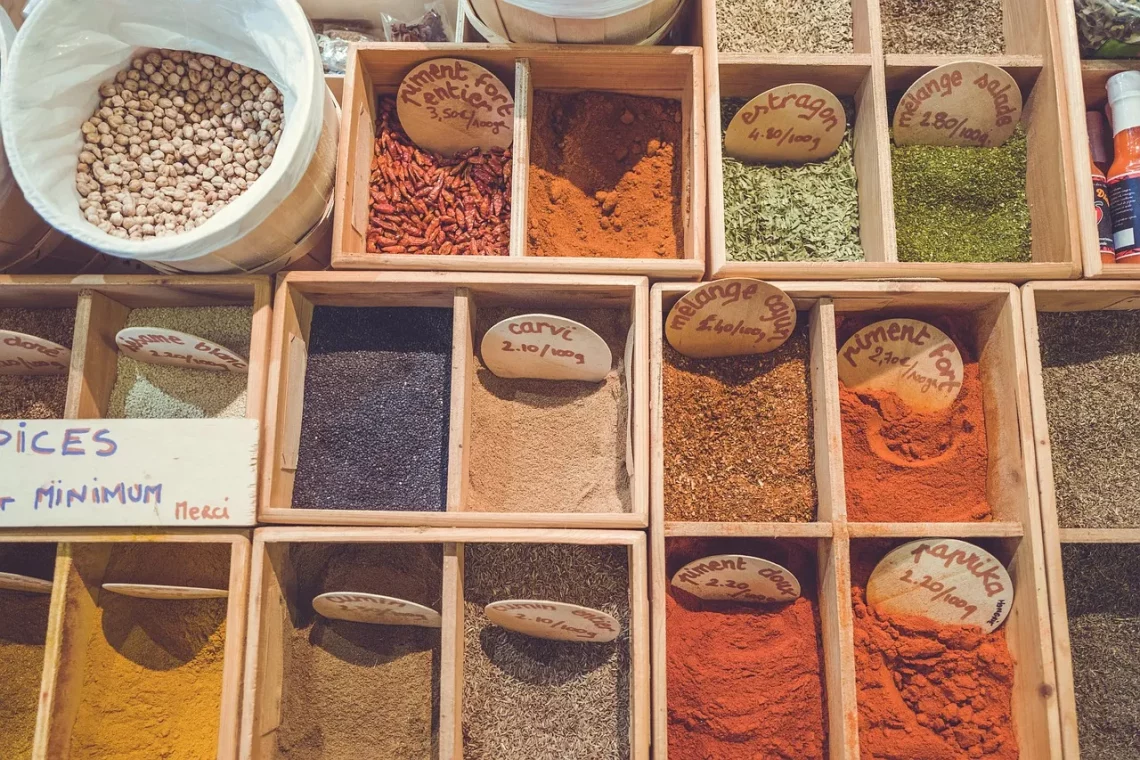
Does Baby Powder Expire? Understanding Its Shelf Life and Safety
Baby powder has been a staple in many households for decades, cherished for its versatility and soothing properties. While it is most commonly associated with babies, adults have also discovered its myriad uses, from personal care to household cleaning. However, as with many products, questions arise regarding its longevity and safety. The topic of expiration dates is particularly pertinent, especially when it comes to items intended for use on delicate skin.
Understanding the stability of baby powder can help consumers make informed decisions regarding its storage and usage. The composition of baby powder, typically containing talc or cornstarch, plays a crucial role in its shelf life. Additionally, factors such as exposure to moisture, heat, and air can significantly impact the quality of the product over time.
Moreover, the importance of using safe and effective products cannot be overstated, especially for those with sensitive skin. As parents and caregivers, ensuring the health and well-being of children is a top priority. Therefore, exploring the ins and outs of baby powder, including its shelf life and safety, is essential for anyone who uses it regularly.
Understanding the Ingredients in Baby Powder
Baby powder primarily consists of two main ingredients: talc and cornstarch. Talc is a mineral composed of magnesium, silicon, and oxygen, known for its moisture-absorbing properties. Cornstarch, on the other hand, is derived from corn and serves a similar purpose, making it a popular alternative to talc in many formulations.
The choice between talc and cornstarch often depends on personal preference and safety considerations. While talc has been traditionally favored for its silky texture and excellent moisture absorption, concerns have arisen regarding its safety. Some studies have linked talc to respiratory issues when inhaled, especially in infants. This has led to a growing trend toward cornstarch-based powders, which are generally considered safer for use on babies.
Regardless of the ingredient, both types of baby powder are designed to keep skin dry and prevent rashes. However, it is crucial to check the label for any additional components, such as fragrances or preservatives, which can affect the product’s shelf life and safety.
Additionally, understanding how these ingredients react over time is vital. When stored properly, baby powder can maintain its effectiveness for several years. However, exposure to humidity or extreme temperatures can compromise its integrity, potentially leading to clumping or a change in texture.
Ultimately, the choice of which baby powder to use should consider both ingredient safety and personal preference. Parents should remain informed about the potential risks and benefits associated with each type, ensuring that they select a product that aligns with their values and needs.
The Importance of Shelf Life
Shelf life refers to the length of time a product remains usable, effective, and safe for consumption or application. For baby powder, understanding its shelf life is essential for ensuring that it performs its intended function while remaining safe for use on the skin.
Typically, baby powder does not have a strict expiration date, but manufacturers often provide a “best by” date, which indicates the period during which the product is expected to maintain its quality. After this date, while the powder may not necessarily become harmful, its moisture-absorbing capabilities may diminish, leading to a less effective product.
To maximize the shelf life of baby powder, proper storage is crucial. It should be kept in a cool, dry place, away from direct sunlight and moisture. Avoid storing it in a bathroom, where humidity levels can fluctuate significantly. Instead, opt for a storage area that remains consistently dry, such as a bedroom or closet.
Additionally, regularly inspect the powder for any signs of changes. If the texture becomes clumpy or the scent alters, it may be time to replace it. These changes can indicate that the powder has absorbed moisture or that its ingredients have begun to degrade, impacting its effectiveness.
While it is generally safe to use baby powder past its “best by” date, it is always best practice to evaluate the product’s condition before application. Parents should err on the side of caution, especially when applying products to sensitive skin, and replace any powder that appears compromised.
In summary, understanding the shelf life of baby powder is integral to ensuring its efficacy and safety. By taking proper care in storage and regularly checking for changes, caregivers can confidently use baby powder while minimizing potential risks associated with expired products.
Signs That Baby Powder Should Be Discarded
Knowing when to discard baby powder is essential for maintaining safety and effectiveness. While baby powder can have a long shelf life, certain signs indicate that it may no longer be suitable for use.
One of the first indicators to check is the texture of the powder. Fresh baby powder should be light and fluffy, allowing it to glide smoothly across the skin. If the powder appears clumpy or hard, it may have absorbed moisture, compromising its ability to absorb excess moisture effectively. In such cases, it is advisable to dispose of the product and purchase a new one.
Another sign to watch for is a change in scent. Baby powder typically has a mild, pleasant fragrance. If the powder develops an unusual or off-putting smell, this could indicate that it has gone bad or harbored bacteria. It is best to err on the side of caution and discard any powder with a strange odor.
Packaging is also an essential factor to consider. If the container is damaged or compromised, it can expose the powder to air and moisture, leading to spoilage. Ensure that the lid is tightly sealed after each use to maintain the product’s integrity. If the packaging is cracked or broken, it may be time to replace the powder.
Finally, always check for any visible signs of contamination, such as discoloration or the presence of foreign particles. These can be indicators that the product has been compromised, and using it could pose a risk to skin health.
In conclusion, being vigilant about the signs that baby powder should be discarded is crucial for ensuring safety in its use. By monitoring texture, scent, packaging, and visible signs of contamination, caregivers can protect their loved ones from potential harm.
Best Practices for Storing Baby Powder
Proper storage of baby powder is vital for maintaining its effectiveness and ensuring safety for users. By following best practices for storage, caregivers can extend the shelf life of the product and minimize risks associated with deterioration.
First and foremost, choose the right location for storage. Baby powder should be kept in a cool, dry place, away from humidity and direct sunlight. Bathrooms are often not ideal due to the high moisture levels from showers and baths. Instead, consider storing baby powder in a bedroom or closet where the environment remains stable.
Additionally, keep the container tightly sealed when not in use. This helps prevent air and moisture from entering, which can lead to clumping and degradation of the powder. Regularly check the seal and ensure that the lid is securely fastened after each application.
It’s also a good practice to store baby powder out of reach of children. While it may be tempting to keep it on a changing table or in a nursery drawer, placing it in a higher cabinet or shelf can prevent accidental spills or inhalation by curious little ones.
Lastly, consider labeling the container with the purchase date or “best by” date to keep track of its usability. This can serve as a reminder to check the product periodically for any changes that may signal it’s time for a replacement.
By adhering to these best practices for storing baby powder, caregivers can ensure that the product remains safe and effective for prolonged use. Proper storage not only enhances the longevity of the powder but also protects the health and well-being of those who rely on it.
**Disclaimer:** This article is not intended as medical advice. For any health concerns or questions regarding the use of baby powder, please consult a healthcare professional.




